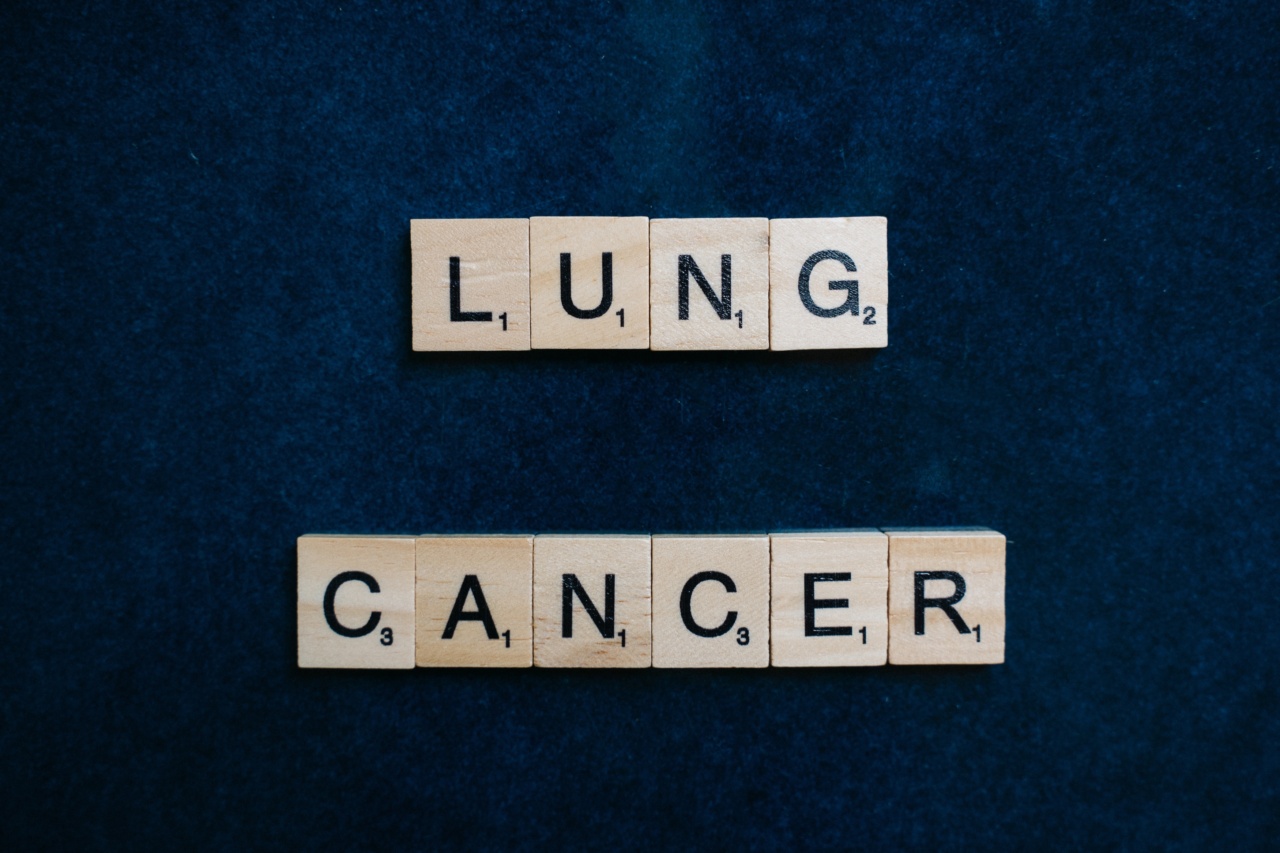Lung cancer is one of the most common types of cancer worldwide, with more than 2 million new cases being reported every year. It is also the leading cause of cancer deaths, with a mortality rate of approximately 1.8 million per year.
While smoking is the most well-known risk factor for lung cancer, airborne toxins are also a significant cause of the disease.
What are Airborne Toxins?
Airborne toxins are chemicals and particles that are present in the air and can be inhaled into the lungs.
These toxins can come from a variety of sources, including industrial pollution, vehicle emissions, and natural sources such as wildfires or volcanic eruptions. They can be small enough to be invisible to the naked eye, such as fine particulate matter, or large enough to be seen, such as smoke.
How do Airborne Toxins Cause Lung Cancer?
Airborne toxins can cause lung cancer in several ways. Firstly, they can damage the cells lining the lungs, causing them to become cancerous.
This damage can occur when the toxins are inhaled, and the body’s natural defence mechanisms are unable to remove them from the lungs.
Secondly, some airborne toxins are carcinogenic, meaning that they are known to cause cancer. Examples of carcinogenic airborne toxins include asbestos and radon.
When these substances are inhaled, they can cause damage to the DNA in the cells lining the lungs, leading to the development of cancer.
What are the Most Common Airborne Toxins?
While there are many different types of airborne toxins, some are more common than others. The most common airborne toxins include:.
- Particulate matter: This is a mixture of tiny particles and droplets in the air that can be inhaled into the lungs. These particles can come from a variety of sources, including emissions from vehicles and industry, construction sites and wildfires.
- Arsenic: This is a toxic chemical that can be found in some water sources and soil. It can also be released into the air from industrial sources such as smelters and coal-fired power plants.
- Radon: This is a naturally occurring gas that can be found in some homes and buildings. It is the second leading cause of lung cancer after smoking.
- Asbestos: This is a group of minerals that was widely used in construction materials before it was banned in many countries due to its carcinogenic properties. Asbestos is still present in many older buildings and can be released into the air during renovation or demolition work.
- Benzene: This is a chemical that is used in the production of plastics, synthetic fibres, rubber and other materials. It is also present in vehicle emissions and can be found in some groundwater sources.
What Can You Do to Reduce Your Exposure to Airborne Toxins?
Reducing your exposure to airborne toxins is an important step in preventing lung cancer. Here are some things you can do to reduce your risk:.
- Avoid smoking: Smoking is the leading cause of lung cancer, so avoiding tobacco smoke is the most important step you can take to prevent the disease.
- Avoid exposure to secondhand smoke: Secondhand smoke can be just as harmful as smoking, so avoiding exposure to it is important.
- Avoid exposure to pollutants: Try to avoid spending time in areas with high levels of pollution, especially during times when air quality is poor.
- Use protective equipment: If you work in an industry that exposes you to airborne toxins, make sure to wear protective equipment such as masks or respirators.
- Test your home for radon: If you live in an area where radon is common, it’s a good idea to have your home tested for the gas.
Conclusion
Lung cancer is a serious disease that can be caused by a variety of factors, including smoking and exposure to airborne toxins.
While it’s impossible to completely avoid exposure to airborne toxins, taking steps to reduce your risk can help to protect your health.



























